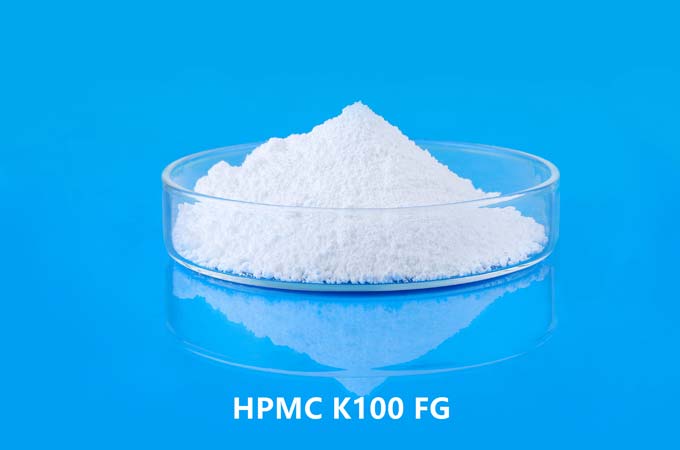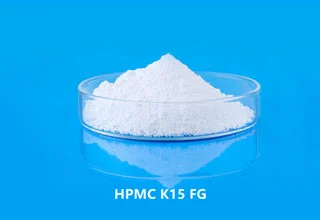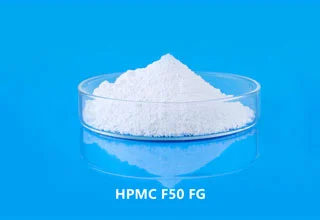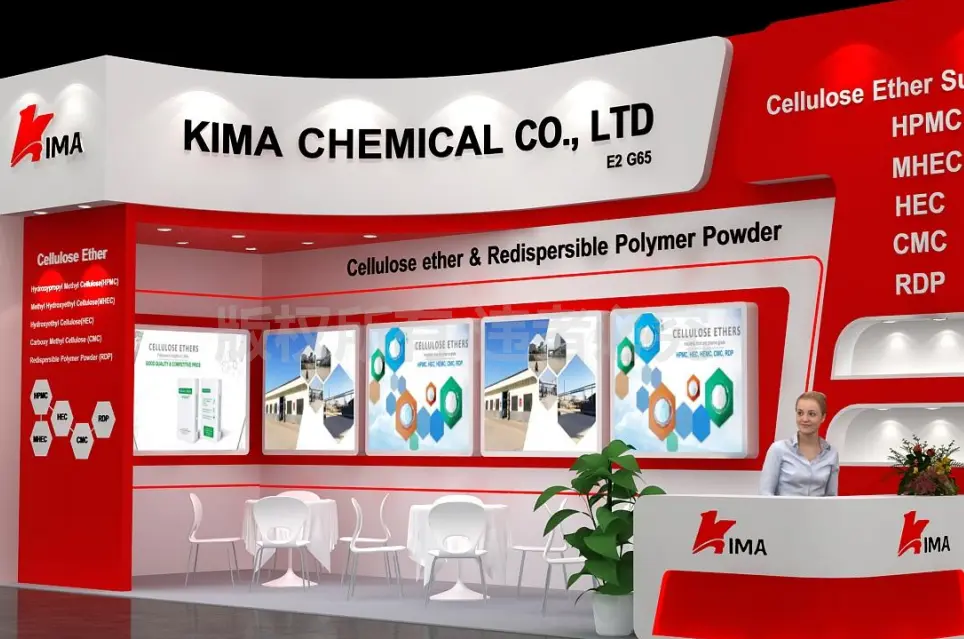Specification of HPMC K100 FG
HPMC K100 FG Hydroxypropyl Methyl Cellulose (HPMC) |
Physical Analysis |
Appearance | White to slightly off-white fibrous or granular powder. |
Identification A to E | Conform |
Solution appearance | Conform |
Methoxy | 19.0-24.0% |
Hydroxypropoxy | 4.0-12.0% |
Loss on drying | 5.0% Max |
Residue on ignition | 1.5% Max |
pH | 5.0-8.0 |
Apparent viscosity | 80.0-120.0cps |
Particle size | Min. 98% pass through 100 mesh |
Heavy Metals |
Heavy Metal | ≤10ppm |
Arsenic | ≤3ppm |
Lead | ≤3ppm |
Mercury | ≤1ppm |
Cadmium | ≤1ppm |
Micro bacteria |
Total plate count | ≤1000cfu/g |
Yeast and Mould | ≤100cfu/g |
Coli form | Absent/g |
Salmonella | Absent/g |
Application of HPMC K100 FG
KimaCell® HPMC K100 FG is effective in reducing the fat content in fried foods. Fried foods have two main mechanisms of action for fat uptake during and after frying.
The first mechanism of action is called the water loss mechanism. There is a direct relationship between fat intake and water loss from food skin. During frying, the water in the pores of the food's surface begins to evaporate, and as the water is lost, the spaces in the pores are absorbed and filled by the hot oil. In other words, only when the water in the pores has evaporated leaves room for the oil to penetrate the food's surface.
Another mechanism of action is called the condensation mechanism. This mechanism is that after the frying process is over, due to the rapid drop in ambient temperature, the air in the pores on the surface of the food cools down rapidly, and the pressure decreases. oil content. Now let's discuss the role hydroxypropylmethylcellulose plays in this. When HPMC exists, on the one hand, as the temperature rises, a gel is formed to quickly fill the pores of the epidermis, thereby preventing oil from entering the epidermis. On the other hand, the gel generated during the frying process covers the surface of the food with a film. Even after the frying process is over, this film can effectively prevent the pores of the skin from directly contacting the ambient air, avoiding the internal and external pressure. The improvement brought about by the difference in fat intake.
 English
English 日本語
日本語 français
français Deutsch
Deutsch Español
Español italiano
italiano русский
русский português
português العربية
العربية Türkçe
Türkçe Nederland
Nederland

 HPMC K100 FG Material Safety Data Sheet
HPMC K100 FG Material Safety Data Sheet 



